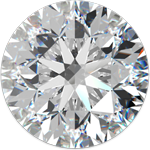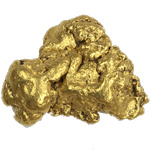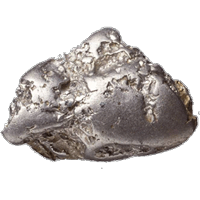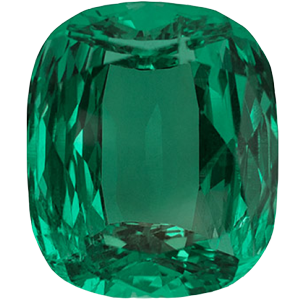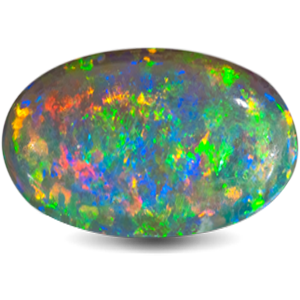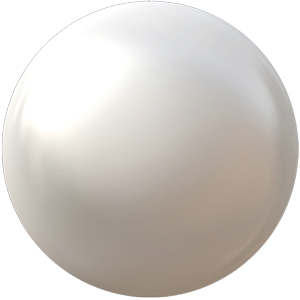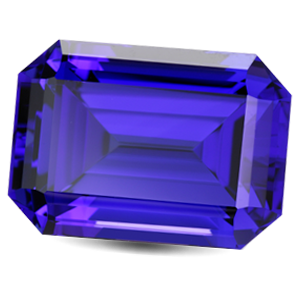Brief Diamond History
There’s no doubt the first written references to the mineral diamond were recorded a very long time ago. Some historians reference a Sanskrit manuscript, circa 300 B.C., written by an Indian minister and others quote first century A.D. Roman naturalist Pliny the Elder.
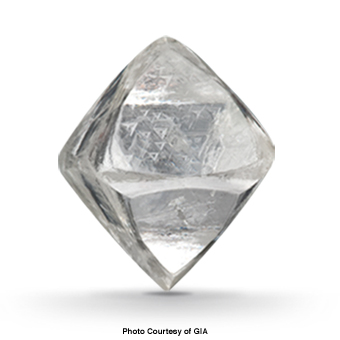 Highlights of diamond trading started in 4th century B.C. India, then Brazil in the 16th century A.D., South Africa in the late 17th century, Zaire and Russia in the 1970’s, Botswana in 1982, Australia in 1985 and northern Canada in 2000. Deposits of diamond have been found all over the world but one constant remains – they were formed in high heat and pressure 100 miles below the earth’s surface and brought up to the surface through volcanic activity.
Highlights of diamond trading started in 4th century B.C. India, then Brazil in the 16th century A.D., South Africa in the late 17th century, Zaire and Russia in the 1970’s, Botswana in 1982, Australia in 1985 and northern Canada in 2000. Deposits of diamond have been found all over the world but one constant remains – they were formed in high heat and pressure 100 miles below the earth’s surface and brought up to the surface through volcanic activity.
The most common diamond colors are yellow, brown and grey. Diamonds naturally occur in every color of the rainbow and fancy (more saturated) colors, like blue and pink, are very rare. For more information on Fancy Color Diamonds, click here. Quality diamonds are hard, dazzling and arguably one of God’s most beautiful creations.
Diamond Care
Because diamond is the hardest natural substance it scratches everything, including itself. It’s very important to make sure diamond jewelry is properly maintained so that loose diamonds don’t damage each other in their mountings.
Though diamond is hard, it isn’t indestructible. Diamond cutters wouldn’t be able to fashion diamond rough into the sparkling masterpieces we admire 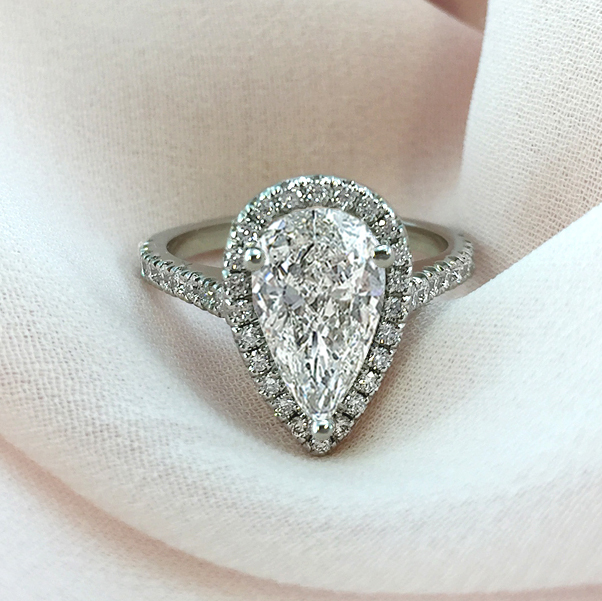 today if diamonds didn’t have cleavage (a flat, smooth break or crack) planes. If your diamond sustains a hard blow along a cleavage plane it can potentially crack or break. Though this is the exception and not the rule, Philippe Medawar advises clients to invest in an insurance replacement policy, just in case.
today if diamonds didn’t have cleavage (a flat, smooth break or crack) planes. If your diamond sustains a hard blow along a cleavage plane it can potentially crack or break. Though this is the exception and not the rule, Philippe Medawar advises clients to invest in an insurance replacement policy, just in case.
It's worth repeating, when wearing and storing diamond jewelry it’s important to keep in mind that diamonds will scratch everything, including itself. Store diamond jewelry items in separate, soft-sided compartments away from other jewelry items. If you are fortunate to own diamond earring studs, don’t throw them in a box together as they will scratch each other. For more information on storing jewelry, click here.
Diamonds are naturally attracted to oil and grease and need cleaning often. Though the ultrasonic machine is usually safe, unless the diamond has feathers (a break in a stone) or has been enhanced, Philippe Medawar advises the safest way to clean diamond is with warm, soapy water and a gentle brush.

